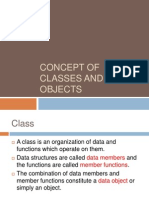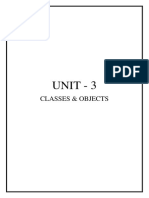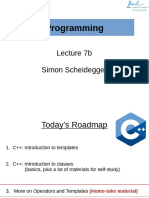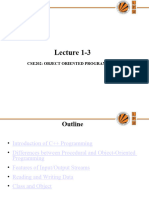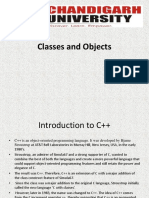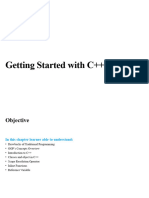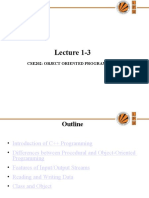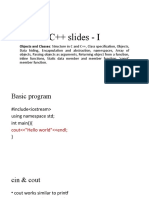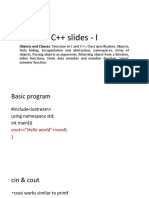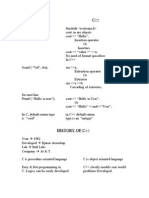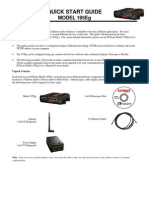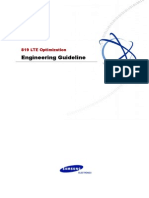0% found this document useful (0 votes)
15 views9 pages2-C++-Intro To Class
The document explains the scope resolution operator (::) in C++, which links class names with member names and can access global identifiers. It also discusses inline functions, their benefits, and the concept of classes in object-oriented programming, emphasizing data security through access specifiers. Additionally, it covers the 'this' pointer, which allows member functions to access the invoking object's data members.
Uploaded by
deetapatil11Copyright
© © All Rights Reserved
We take content rights seriously. If you suspect this is your content, claim it here.
Available Formats
Download as PDF, TXT or read online on Scribd
0% found this document useful (0 votes)
15 views9 pages2-C++-Intro To Class
The document explains the scope resolution operator (::) in C++, which links class names with member names and can access global identifiers. It also discusses inline functions, their benefits, and the concept of classes in object-oriented programming, emphasizing data security through access specifiers. Additionally, it covers the 'this' pointer, which allows member functions to access the invoking object's data members.
Uploaded by
deetapatil11Copyright
© © All Rights Reserved
We take content rights seriously. If you suspect this is your content, claim it here.
Available Formats
Download as PDF, TXT or read online on Scribd
/ 9
